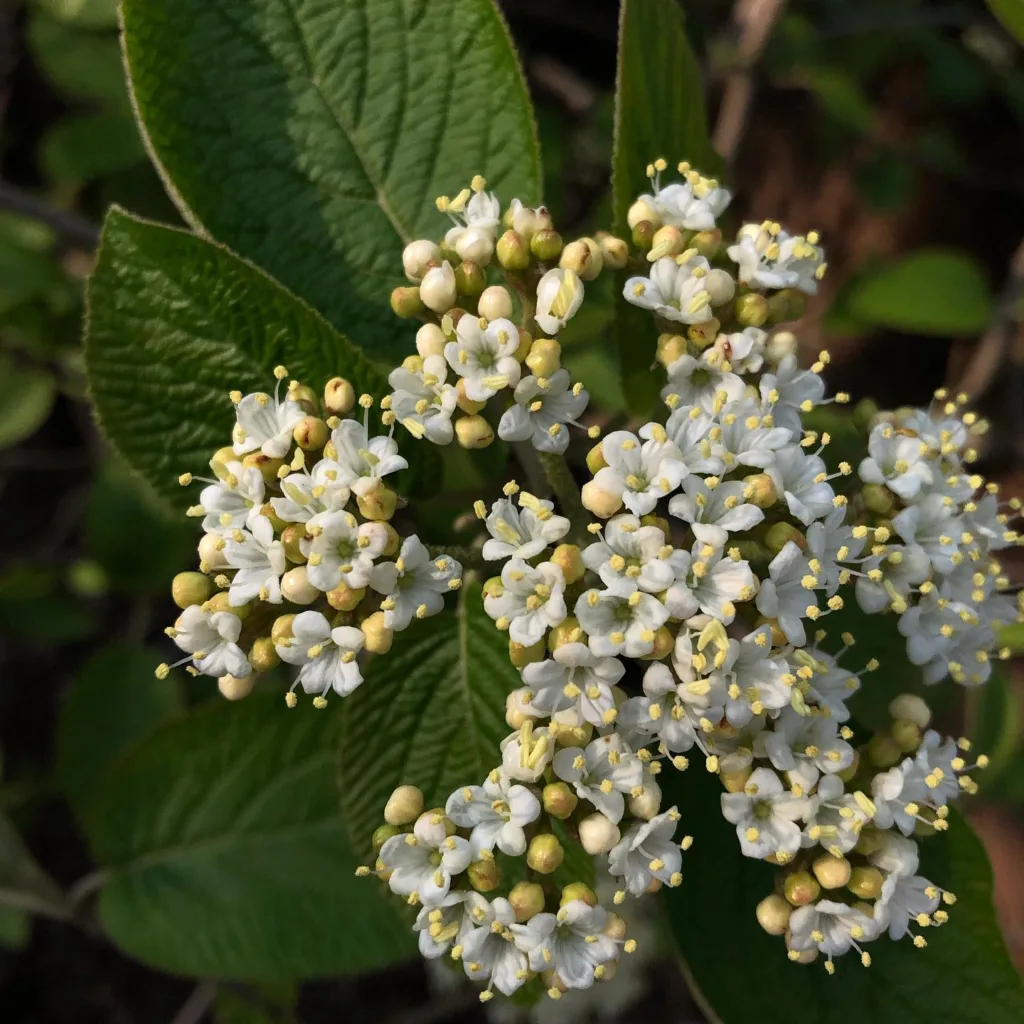
The Cobra Lily: My Fascination with a Botanical Oddity
My name is Ferb Vu, and I’ve always been drawn to the unusual. Whether it’s a peculiar piece of art or a bizarre natural phenomenon, the strange and wonderful captivates me. So, it’s no surprise that I find myself utterly fascinated by the Darlingtonia californica, more commonly known as the cobra lily. This carnivorous plant, with its serpentine appearance and macabre feeding habits, is truly a marvel of nature.
A Unique Genus
The Darlingtonia genus belong to the Sarraceniaceae family, is monotypic, meaning it contains only one species: Darlingtonia californica. This makes it even more special in my eyes. It’s like a solitary artist, producing a single masterpiece that stands alone in its beauty and complexity.
The cobra lily is native to a small region in Northern California and Southern Oregon, where it thrives in bogs and fens with cold running water. Its pitcher-shaped leaves, which resemble cobras poised to strike, are what truly set it apart. These pitchers are equipped with a forked “tongue” and hooded head, complete with translucent windows that confuse unsuspecting insects.
Where Does the Cobra Lily Live?
Unlike many carnivorous plants that thrive in tropical rainforests, the Darlingtonia californica prefers a cooler climate. It’s native to the bogs and seeps of northern California and southwestern Oregon, where it thrives in cool, moist environments with plenty of sunlight.
Here’s a fun fact: The Darlingtonia californica is the sole member of its genus, Darlingtonia. This makes it truly one-of-a- kind in the plant kingdom.
What Makes the Cobra Lily a Carnivore?
The most captivating feature of the Cobra Lily is its namesake – the pitcher. These tubular leaves are not just beautiful; they’re deadly traps for unsuspecting insects. The vibrant red throat and translucent green hood lure insects in with a promise of nectar. Once inside, the slippery surface and downward-pointing hairs prevent escape. The insect eventually drowns in a pool of digestive enzymes at the bottom of the pitcher, providing the plant with vital nutrients.
This unique adaptation allows the Cobra Lily to thrive in nutrient-poor boggy environments where getting sustenance from the soil is difficult.
Cobra Lily vs. Pitcher Plant: What’s the Difference?
The Cobra Lily is often compared to its close relative, the Pitcher Plant (Sarracenia). Both are carnivorous and share the characteristic pitcher-shaped leaves. However, some key differences set them apart.
- Leaf Shape: The Cobra Lily’s pitcher is elongated and tubular, resembling a cobra’s hood (hence the name). Pitcher Plants, on the other hand, have a wider variety of shapes, some resembling trumpets or vases.
- Luring Mechanism: Cobra Lilies use vibrant colors and nectar to attract insects. Pitcher Plants often rely on scent to lure prey.
- Habitat: Cobra Lilies prefer cool, moist bogs. Pitcher Plants have a wider range, with some species thriving in warmer climates.
While similar, these fascinating plants have evolved distinct strategies to survive in their respective environments.
How to Grow a Cobra Lily at Home?
For those intrigued by the idea of cultivating this captivating carnivore, growing a Cobra Lily at home is possible. However, it requires specific conditions:
- Cool temperatures: Aim for daytime temperatures between 60-75°F (15-24°C) and cool nights.
- High humidity: Mimic bog conditions by keeping the soil constantly moist and using a humidifier if needed.
- Plenty of sunlight: Provide at least 6 hours of bright, indirect sunlight daily.
- Bog-like soil: Use a peat moss and perlite mix to ensure good drainage and low nutrient content.
Remember, these plants are not fast growers. Be patient and provide the proper environment to see your Cobra Lily flourish.
Interesting Facts About the Cobra Lily
Here are some additional tidbits to quench your curiosity about the Cobra Lily:
- Symbiotic Relationship: Tiny red mites live inside the pitcher, helping to consume trapped insects and providing the plant with additional nutrients.
- Folklore and Uses: Native American tribes used the Cobra Lily’s digestive fluid for medicinal purposes.
- Conservation Status: While not currently endangered, habitat loss is a threat to wild Cobra Lily populations.
I’m grateful for the opportunity to share my fascination with the cobra lily with others. I hope that by learning more about this incredible plant, people will be inspired to appreciate and protect the natural world around them.
If i die, water my plants!



